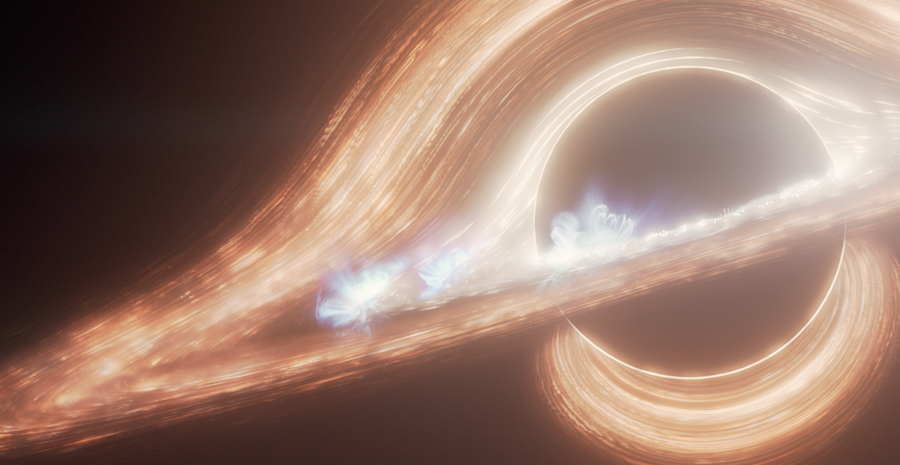UW-Madison Physics Professor Inspires Generations of Students

by Kaleab Afeworki, age, 13
Dr. Dan McCammon is a real-life rocket scientist. He studies x-rays, launches sensors into space, and somehow still finds the time to open the doors of his lab to students with an interest in science.
That’s how a group of students from Simpson Street Free Press got an up-close look at Dr. McCammon’s work. Each year, during the UW-Madison’s annual Physics Fair, Simpson Street reporters visit his lab. This year, several of us sat down with him afterwards for an interview.
A physics professor at the University of Wisconsin-Madison, Dr. McCammon is known for his research on x-ray astronomy through his X-ray Astrophysics Group laboratory. He uses his expertise and research experience to help undergraduate students find their way in the field of physics and build their careers. [Read More]










































.jpg)










.jpg)



_flatten_crop.jpg)
